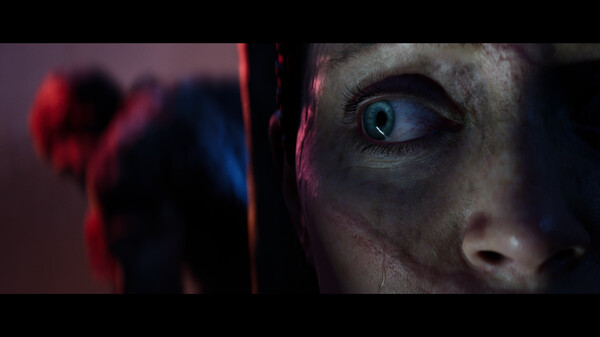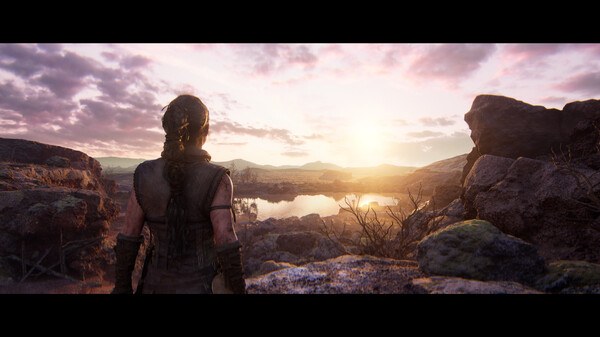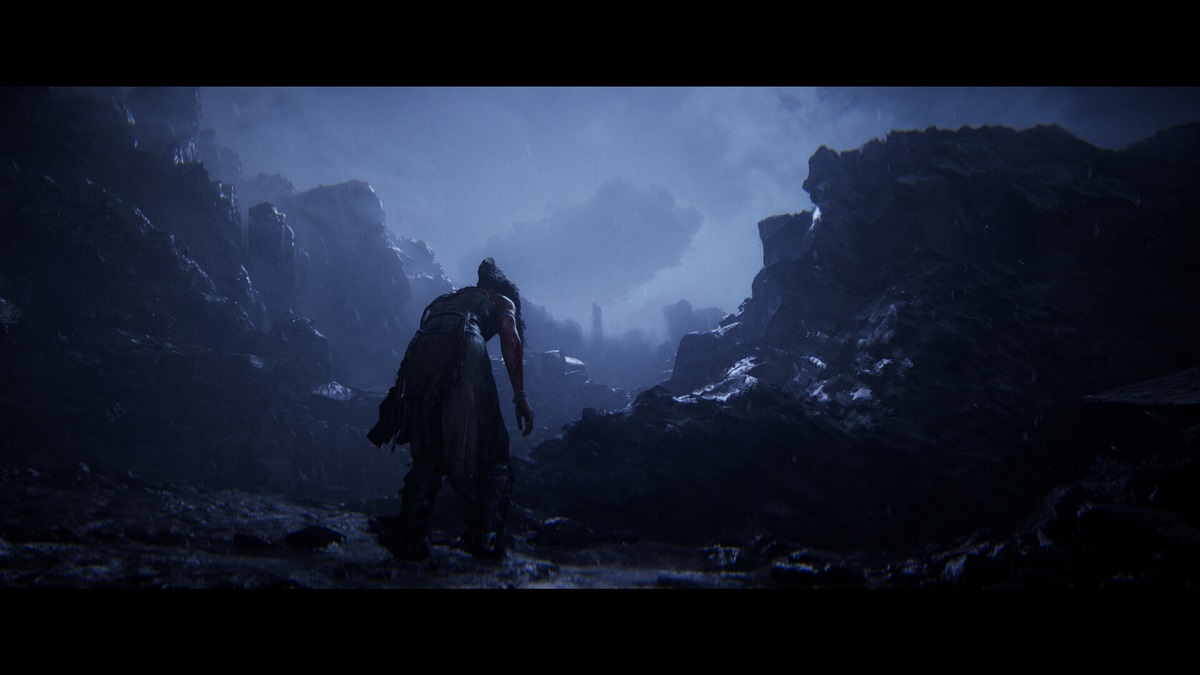These may be turbulent times for Xbox owners, but Senua’s Saga: Hellblade II is an absolutely gorgeous title that’s a great way to show off the capabilities of your Xbox Series S/X console. In this sequel, Ninja Theory has crafted a sequel that deepens the dark and psychological journey of its protagonist, Senua, a Celtic warrior haunted by psychosis – as introduced to us in the first game. Set against the stark and beautiful landscape of Viking Iceland, this game extends the narrative and thematic foundations of its predecessor, offering players an experience that is as immersive and cinematically charged as it is harrowing.
The narrative of Senua’s Saga: Hellblade II continues to explore Senua’s struggle with her inner demons, while also expanding the scope to include a broader range of mythological and historical influences to the game world. Senua’s journey is primarily driven by her determination to save those who are oppressed, reflecting a blend of personal and epic storytelling. This sequel maintains a deeply personal focus on Senua’s psychological state though, integrating her hallucinations and auditory delusions into the fabric of the game world – and this game uses surround sound to great effect if you have access to it. The game’s ability to evoke empathy for Senua, despite her often disturbing experiences, is a testament to Ninja Theory’s storytelling prowess. However, the narrative does lean somewhat heavily on themes and motifs established in the first game.
Gameplay in Senua’s Saga: Hellblade II is a good mix of exploration, puzzle-solving, and combat. The exploration segments are richly detailed, allowing players to uncover the lore of Viking Iceland and the depths of Senua’s mind in gorgeous detail. The puzzles are often tied to Senua’s psychosis, requiring players to perceive the world through her distorted reality, which adds a unique layer of challenge and immersion. For instance, players might need to align visual patterns or use environmental cues to progress, usually delivered by way of Senua’s fragmented perception of reality.

Combat in Hellblade II is brutal and visceral, capturing the physical and emotional intensity of Senua’s battles with cinematic flair. The combat system emphasizes timing, positioning, and strategic use of Senua’s abilities. While each encounter is designed to be significant, reflecting Senua’s struggle for survival, the limited variety of enemy types and attack patterns can lead to a sense of repetition. The game’s attempts to convey the weight of each battle sometimes results in a slower, more deliberate combat pace, which works well in terms of narrative impact and a visceral, but might not be able to hold appeal once enemy types start to pop up more than a few times.
The control scheme in Senua’s Saga: Hellblade II is generally well-implemented, offering responsive and precise inputs that enhance the player’s connection to Senua’s actions. However, there are moments, particularly during complex combat sequences, where the controls can feel slightly unwieldy, leading to minor frustrations. The controls rarely get in the way though, as the minimalist user interface complements the game’s immersive audiovisual approach, avoiding unnecessary distractions.
Visually, Senua’s Saga: Hellblade II is an absolute masterpiece and showcase title. Utilizing the full power of the Xbox Series X, the game delivers almost photorealistic graphics that bring the haunting beauty of Viking Iceland to life. The environments are meticulously detailed, from the icy fjords and rugged mountains to the eerie, otherworldly landscapes that reflect Senua’s inner turmoil. Character models, especially Senua’s, are rendered with stunning realism, capturing subtle facial expressions and physical nuances that enhance the storytelling – if you need something to demonstrate what can be done in games with today’s tech, this is your game.

The audio design is equally impressive, using binaural audio techniques to create a deeply immersive soundscape. Players will hear the unsettling whispers and environmental sounds as if they are right there with Senua, enhancing the sense of being inside her mind. The game’s score, composed by David Garcia and Andy LaPlegua, adds to the atmosphere with haunting melodies and intense, dramatic compositions. The voice acting is top-notch, with Melina Juergens delivering a powerful performance as Senua, conveying a wide range of emotions that draw players deeper into her story – complemented by excellent motion capture performances.
In conclusion, Senua’s Saga: Hellblade II is a thought-provoking and immersive experience that builds upon the strengths of its predecessor. While it sometimes struggles with repetitive combat mechanics and too familiar narrative beats, these issues are overshadowed by the game’s stunning visuals, exceptional audio design, and compelling portrayal of Senua’s journey. The game successfully immerses players in a world that is as beautiful as it is terrifying, offering a narrative experience that is hard to rival from an audiovisual perspective.
For fans of narrative-driven adventures and those who appreciated the original Hellblade, this sequel offers a richer, more polished continuation of Senua’s saga. Hellblade II is a journey through myth and history, and a testament to the power of storytelling and how mental health issues can be portrayed in the medium of video games.
Score: 8.1/10
